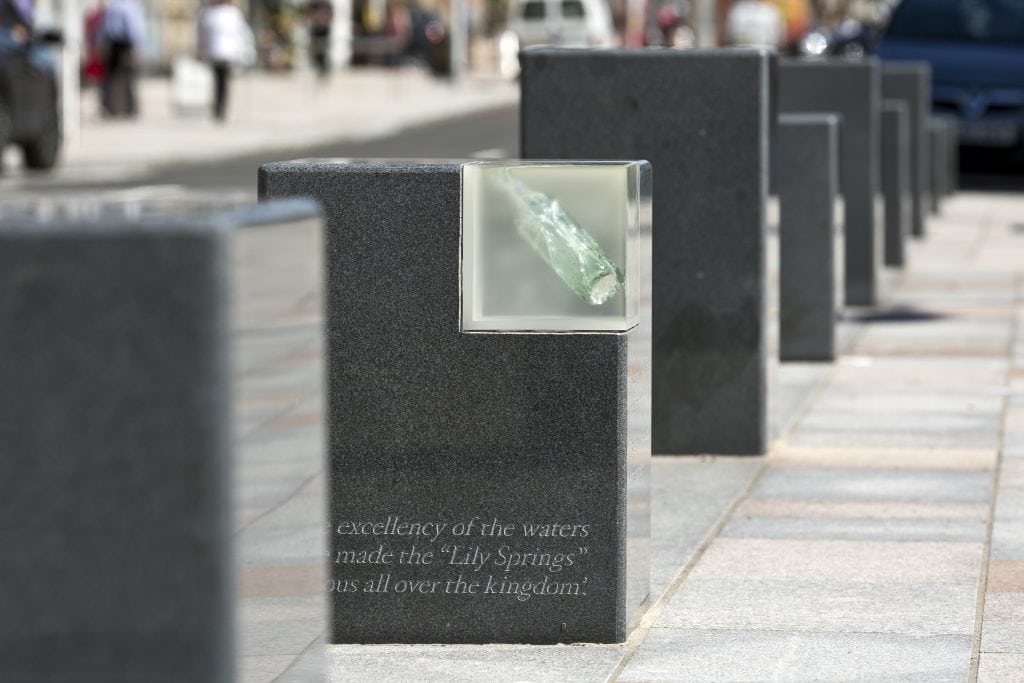
Past Projects, Present Balance:
Coastal Commuting in the New Normal
By Andrew McCafferty, Director and Head of Architecture at Austin-Smith:Lord
Made viable by the introduction of post covid blended working, I am fortunate to have recently moved to the coastal town of Helensburgh in Argyll & Bute and I’m loving my 3 day a week commute to work in Glasgow City Centre.
I enjoy the downhill walk from the house my wife and I live in, through quiet grass verged and tree lined streets down to the 19th Century Grade B Listed red sandstone station typical of railway station architecture of the period. I enjoy the view across the Clyde estuary towards Greenock and think of my grandfather who started his Merchant Navy career there, subsequently promoted to captain, torpedoed twice during WW2 North Atlantic convoy runs and managing to survive without loss of life to his crew.
As I approach the station, I glimpse the periphery of the award winning public realm works designed by my colleagues at Austin-Smith:Lord completed in 2015. The quality of design, the reimagining of the town square and promenade and selection of materials successfully enhances the centre of Helensburgh and is a fine example of successful urban regeneration that the Practice is justifiably proud of. On a rainy day (of which there are many), the warm colours of the multi coloured granite paving is enlivened and lifts the spirit.
The train journey along the coast to Dumbarton is memorable in all weathers. As the train passes Craigendoran, the skeleton of the old pier represents a bygone age where steamships full of Glaswegians having a “wee swally” would have stopped off on their trip “doon the watter.”
The Clyde is ominously empty and sadly silent now with few watercraft making use of a route that would have been filled with all manner of shipping during the 19h and early 20th centuries.
My train journey continues past Dunglass Castle where our Conservation Architects recently complete research and a feasibility study to identify new uses for this formidable and historic structure which is lost amongst the construction work associated with remediating the former Esso oil refinery site.
As the train passes through Dumbarton, I think about the family connection to this town where my Great Grandfather lived and worked as a baker and my Great Great grandfather a labourer. Spooky that I am now living in the same parish as my ancestors?
When the train gets closer to the city centre passing through Clydebank and Hyndland I recall the projects Austin-Smith:Lord has completed or are current in this area ranging from design charrettes, depot rationalization feasibilities, public realm works, healthcare projects – the list is long.
By the time I reach Partick, I recall one of my favourite projects for SPT – Partick Bus Station – completed in 2018 and still looking fresh with its curved glass ends, cantilevered roofs, polished granite plinths and integrated CIS technology. I remember the site visits during the construction phase and the hours of checking sub-contractor drawings to ensure the design was coordinated.
The commute gives me time to get my thoughts together for my day at work. With my to do list formed, priorities identified I’m ready to face the day’s challenges of leading multiple projects from our Glasgow studio. I just need that first cup of coffee!
As multi -disciplinary organisations consider new ways of working, office culture, collaboration, online/face to face interaction – blended working makes it viable to choose places to live that suit those who want to be closer to countryside and are looking for an alternative to life in the suburbs. So, commuting can be beneficial: time to warm up for the day and decompress on the way home. I feel privileged to be able to travel along the Clyde estuary, passing through contrasting urban environments that all have their own historic legacy and story to tell, and I am reminded of the work in this locality that our Practice has completed in the last 25 years.







